How long marijuana excreted from the body? The information in the first place for the parents!
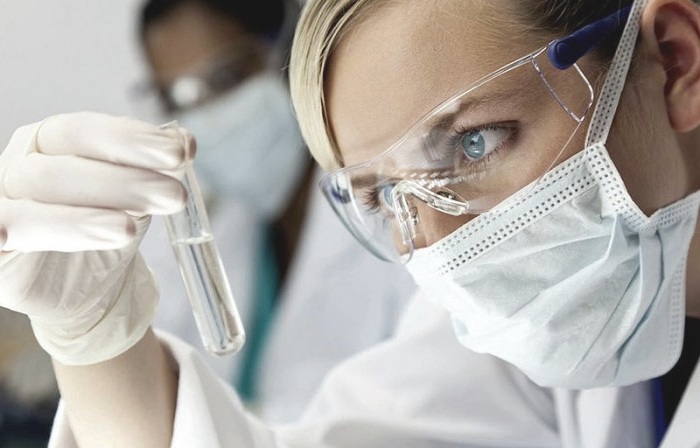
Hemp (Latin Cannabis.) - Genus of annual plants of the family bast-fiber Konoplev (Cannabaceae). Earlier, as the change in the classification attributed to hemp silk, mulberry and nettle. It includes one polymorphic species - Cannabis sativa L. (cannabis sativa), formerly divided into several types:
- Cannabis indica Lam. - Cannabis indica, sometimes classified as Cannabis sativa subsp. indica
- Cannabis sativa subsp. sativa
- Cannabis ruderalis Janisch. - Hemp weed
Marijuana (. App marijuana, marihuana), the official name of the cannabis - psychoactive drug derived from cannabis. Impact on the human body is associated with the contained cannabis psychoactive substances (cannabinoids), the most effective of them - delta-9-tetrahydrocannabinol. Experts identify three main types of cannabis: Cannabis sativa, Cannabis indica, and Cannabis ruderalis, while the latter contains the least amount of tetrahydrocannabinol.
To identify psychoactive substances derived from cannabis, is often used transliteration from its Latin name - cannabis. In English, "cannabis" (. English cannabis) is traditionally called psychoactive cannabis as used in medicine, as "hemp" (English hemp.) - Corresponding to the crop. Single Convention on Narcotic Drugs of the United Nations in 1961 includes a hemp on the list of narcotic plants and obliges member governments to strictly control its cultivation.
Smoking cannabis - inhaling the smoke of cannabis (hemp) for specific intoxicating effect as a result of effects on the body contained in the cannabis substance - cannabis (the main ones - THC, tetrahydrocannabinol). Smoking is the most common way to use hemp drugs. Smoking cannabis is a traditional attribute of various youth subcultures, used in some ceremonial and ritual activities. It is also used in medical applications. The use of cannabis is illegal in many countries.
As far as marijuana is delayed in the body depends on the consumer, as well as the frequency of use. There are other factors which influence, for example, how the test is conducted.
TGC longest delay in hair follicle, saliva it may detect the smallest time interval. Other factors may include the rate of metabolism.
Usually, that's how long marijuana stays in the body:
Dates detect THC in the urine (by smoking)
| Once | 5-8 days |
| 2-4 times per month | 11-18 days |
| 2-4 times per week | 23-35 days |
| 5-6 times per month | 33-48 days |
| everyday | 49-63 days |
Tab. 1
The most common test for THC - urine analysis - because it is the cheapest and has a longer detection period. However, the period of detection will depend on the frequency of consumption due to the cumulative effect of THC (the effect of the accumulation of the concentration in the body).
- Smoke once the test is positive for THC to 8 days.
- Frequent smoking test shows the presence of THC for 15 days.
- THC may be delayed up to 30 days in the urine tight smoke consumer.
- The test will be positive until day 45-90 if smoking daily several times a day
Dates detect THC in saliva
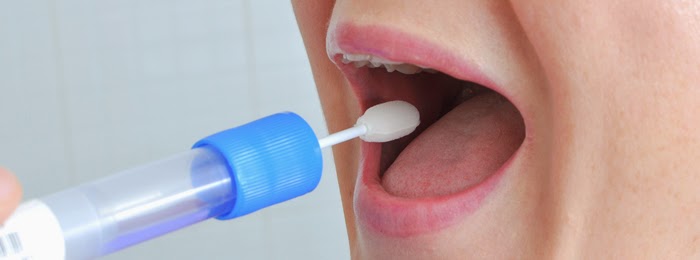
Least of all THC lingers in the saliva. Etod method most often used by the traffic police, if there is a suspicion that the driver was stoned. The test is positive an hour after eating, as well as within 12 hours.
Dates detect THC in hair

The hair follicles THC lingers the longest period of time. The test will be positive for 7 days in the case of a single use, the majority of these tests can identify THC for 90 days in the case of systematic use. However, this method is not reliable, therefore almost never used.
Dates identify THC in the blood
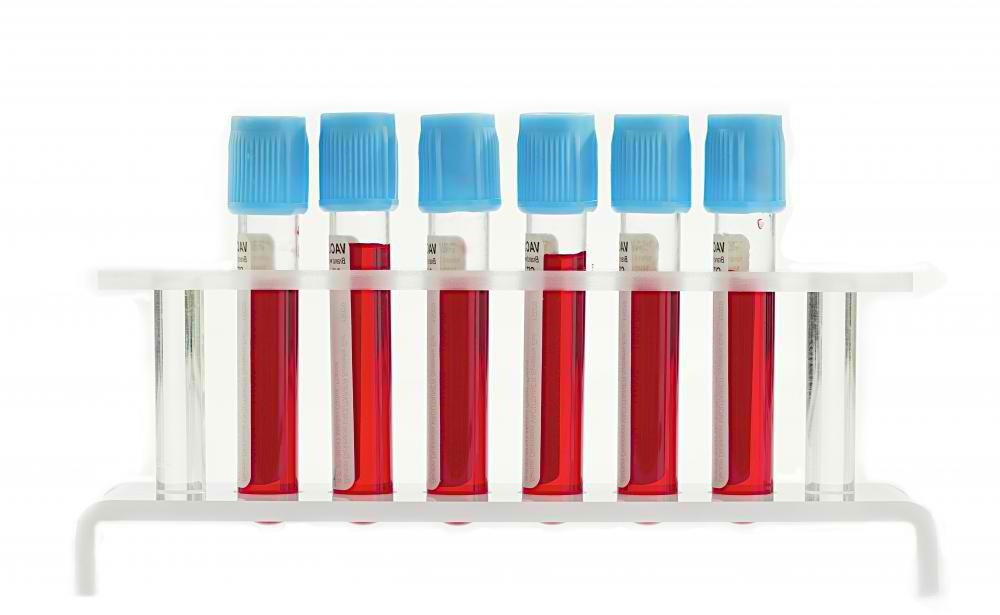
TGC almost never measure the blood as a metabolite in it a long time is not delayed. As a result, the blood test for the presence of cannabis in it only shows the recent use.
How to pass a urine test for THC
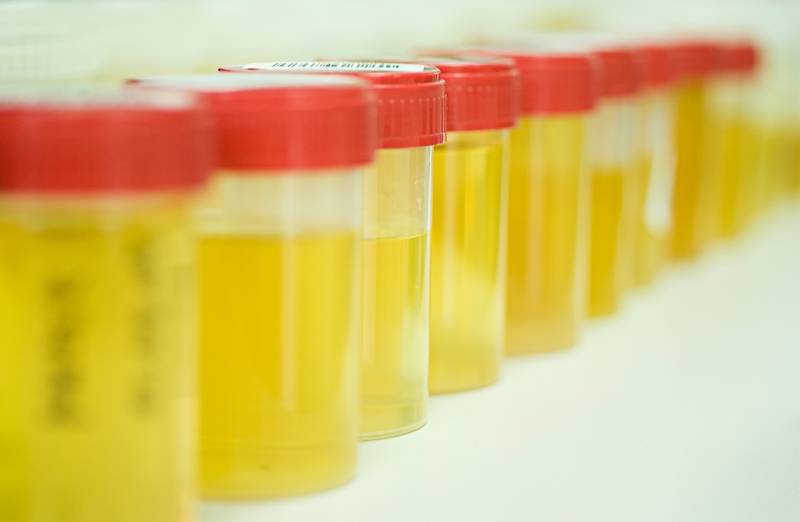
Unfortunately, there is no reliable way to pass the test of urine, if you are a heavy smoker. There are drugs which promote purification of urine, but their reliability is questionable.
The most effective approach to the passage of the urine test for THC - drink a lot of cranberry juice or plenty of fluids. Consumption of large amounts of water will dilute the natural way all that is in your urine.
The surest way to pass the test - to adhere to recommendations in time (Table 1).
How long are other chemicals excreted from the body?
Continuing the theme, it will be interesting to note how long other chemicals linger in the body:
- Heroin can be detected in blood and saliva to 12 hours after eating, and in urine up to three days.
- Amphetamines can be detected within 12 hours of blood and saliva, urine at 1-2 days after ingestion.
- Alcohol (one standard dose -... Low-alcohol 0.5 liter / 200 g of wine / 50g strong) can be detected in the body for 5 hours (the more used, the longer digested and excreted from the body).
In recent years, many employers check their employees for drugs. However, if you have problems with amphetamine, get away easier than with the regular use of marijuana. Cannabis is in the body longer than almost all other chemical compounds from the cumulative effect. However, we all know that you will not necessarily be charged up to 12 hours after consumption. Smokers apprehensive fairly common urine test, should get a job that does not require passing the test.
MYTH
The active component of marijuana - tetrahydrocannabinol (THC) - the body is trapped in fatty tissue. Since THC is released from fat cells slowly, its psychoactive effects can last for days and weeks after taking the drug. Long-term preservation of THC in the body affects the internal organs, containing a large amount of fat, especially the brain. "The molecules of THC are very mobile, they penetrate through the lipid membrane of the cell membrane to its core, breaking the chemical process of cell division." "Cannabinoids accumulate in fat cells and brain weight of three pounds, one-third is made up of fat ... So in the brain of a chronic smoker of marijuana millions of axons ... are constantly surrounded by THC." "Cannabinoids, soluble only in fats. Accumulate in the tissues of the body ... Anyone who uses marijuana more than once a week ... can not be free from the drug." "Even people who use marijuana just once a month, constantly subjected to his brain, lungs, liver and other vital organs with poison TGC action."
FACT
Many active drugs and drugs penetrate the fat cells of the body. The difference, but not a unique property of the TGC is that it leaves the fat cells slowly. As a result, traces of marijuana can be detected in the body after a few days and weeks after ingestion. But within a few hours after smoking marijuana THC in the brain drops below the concentration required for significant psychoactive effects. Fat cells, which delayed THC, are not damaged in the presence of the drug, as well as the brain and other organs. The most important consequence of the slow elimination of marijuana is that it can be detected in blood, urine and tissues long after use and long after the end of the psychoactive effects of marijuana.
THC, like many other psychotropic substances in the body is subjected to processing. After contact THC into the bloodstream from the lung is most often in the smoking process, a small portion (approximately 1% of the dose) enters the brain, where it binds to specific receptors. If the amount of the drug in the brain is greater than the threshold dose, its psychoactive effect is manifested. Lots of activities are usually observed after 15-30 minutes. after the start of smoking.
Simultaneously with the arrival of the brain is divided TGC and all other parts of the body. In this process, the concentration of THC in the blood decreases, which reduces the amount of drug available to bind to brain receptors. For 2-4 hours THC levels in the brain normally falls below the level required for the psychoactive effects. As shown in Fig. 16-1, if the THC concentration is reduced to 2-25 ng / ml, the psychoactive effects commonly zakapchivayutsya.
Many drugs, including THC, are fat-soluble. This allows them to easily penetrate the cells throughout the body, dissolved in cell membranes, which are composed mainly of lipids (fats). Drugs quite quickly leave the majority of cells - either in its original form or after biotransformation in the cell, - in the form of water-soluble metabolites. After re-entering the bloodstream drugs can be further biotransformation, especially when passing through the liver. As a result, all of the drug and its metabolites are excreted from the body through sweat, urine and feces.
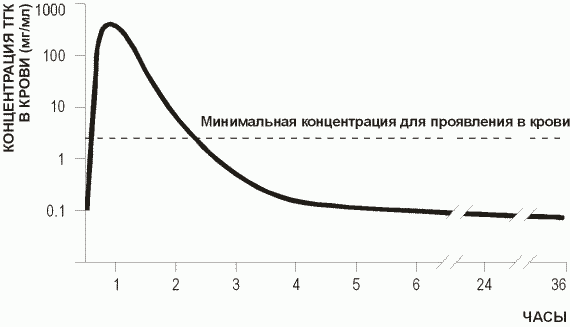
A typical picture of the disappearance of the effect after a single smoking marijuana
TGC enters most cells of the body and leaving them at about the same speed as the other substances. However, some features of THC, and above all its high solubility in fats, slow it down out of the fat cells. TGC specifically selects adipose tissue. Like many other drugs, such as Valium, Thorazine and pentothal, THC is slowly released from fat cells. Since weakly or biotransformation occurs does not occur in fat cells, some of the active TGC re-enters the bloodstream. However, released from fat cells THC is too small to have psychoactive effects. In fact, none of the effects of cannabis can not be continued over several hours. A number of researchers have reported little effect of marijuana, continuing up to 24 hours. At the same time, in dozens of other studies in evaluating the psychomotor activity and intellectual activity revealed that all of marijuana effects disappear within a few hours after smoking.
Even frequent users of marijuana THC in the blood falls below the level of the psychoactive in a few hours after a single smoking. Fig, 16-2 shows the drug concentration in the blood after repeated smoking for 36 hours. A certain amount of previous use of THC in the blood is mixed with the new method of THC. However, the amount of drug released from the fat cells, too few to make a significant impact. As a result, those who smoke rarely, and those who smoke often psychoactive effects of marijuana only lasts a few hours. If people smoke marijuana are more likely than those shown in Fig. 16-2 (for example, every hour), THC levels in the blood and brain will be higher, but in this case small amounts of those previously received THC, which is constantly released into the bloodstream from the fat cells, will not affect significantly on the level of intoxication.
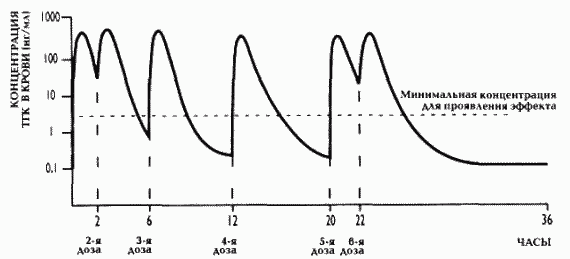
A typical picture of the disappearance of the effect after repeated smoking marijuana
After smoking marijuana THC remains long in adipose tissue but not in fat cells TGC receptor, and apparently therefore the presence of the drug in adipose tissue do not lead to any results. The brain is not a particularly rich body fat, despite frequent statements to this effect, and THC in it does not accumulate. Small amounts of THC and accumulate in some other organs, but there is no evidence that it alters the cell function or cause structural damage to them.
Ultimately TGC biotransformed into inactive metabolites, but as he slowly leaves the adipose tissue, to the places of their moving biotransformation that can be days or weeks to complete removal of the drug and its metabolites. As a result, drug testing in the workplace, and other types of inspections can detect marijuana users long after drug use and long after the end of its psychoactive effects.
Via psyplants.info & wiki

Any drug - a strong poison that destroys the entire body. Damage caused by drug-taking, are irreversible. Drugs have an impact primarily on the nervous system and brain.
As a result of the impact of drugs reduced intellectual abilities, and he gradually becomes stupid, short of idiocy. Changes in the brain under the influence of a drug can be compared with schizophrenia. Therefore, it is quite fair to agree with the statement that drug addiction - a voluntary madness.
And changing a person's character. It becomes sluggish, apathetic and withdrawn. He did not care. Friends do not stand for a long time to be in his company and finally turn away from him. The brain and the human psyche irreversibly changed. They are not fully recovered, even with timely abstinence.
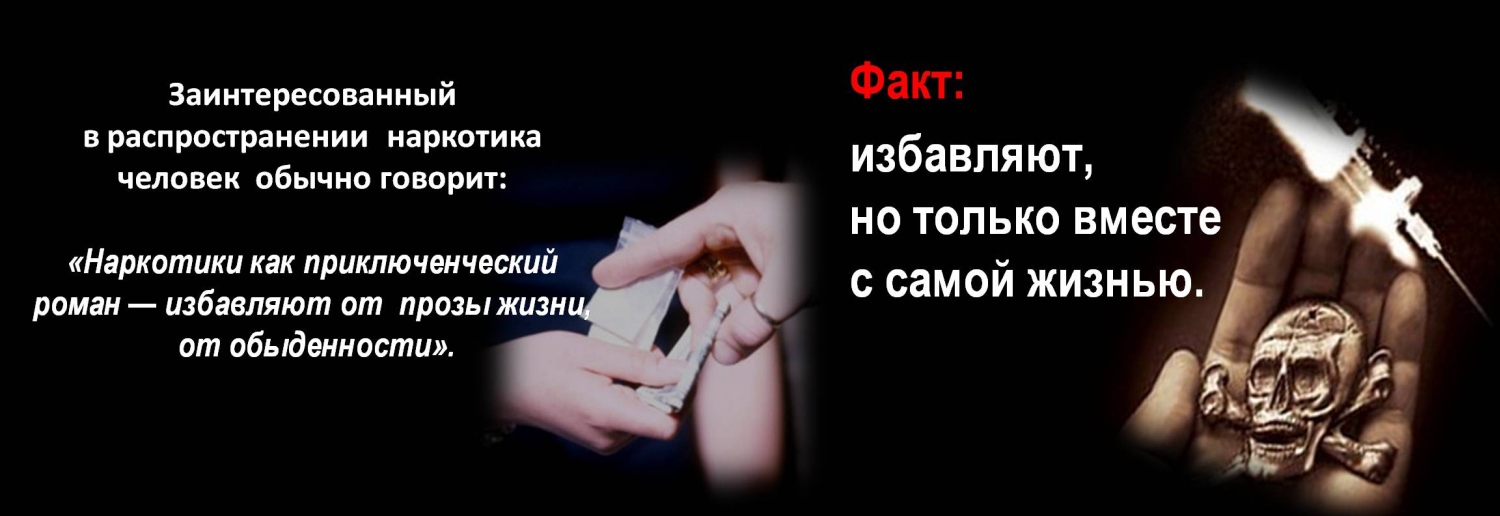


Comments
Commenting, keep in mind that the content and the tone of your messages can hurt the feelings of real people, show respect and tolerance to his interlocutors, even if you do not share their opinion, your behavior in terms of freedom of speech and anonymity offered by the Internet, is changing not only virtual, but real world. All comments are hidden from the index, spam control.